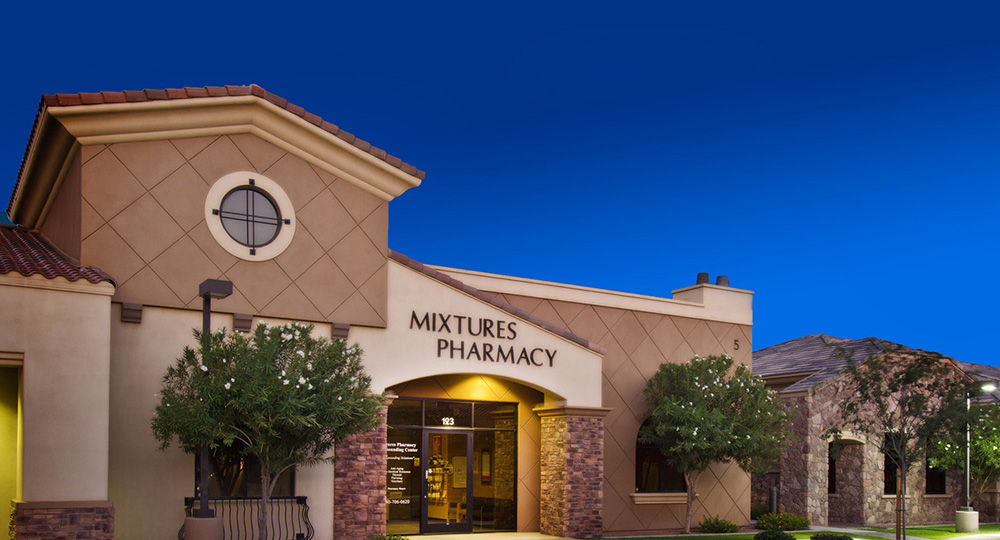There are several important pieces in the Hypothalamus-Pituitary-Thyroid (HPT) axis which help regulate our thyroid function. First let’s talk about the flow of the thyroid “conversation” in our body. The pituitary gland is a little gland, about the size of a small pea, in our brain. This gland sends out a messenger, Thyroid Stimulating Hormone (TSH), to our thyroid gland. The thyroid gland is the little gland in your throat shaped like a butterfly. The higher the TSH, the more it “pokes” the thyroid gland to produce thyroid – primarily T4 in this case. Typically if the TSH is high this tells us the body is probably not producing the right amount of T4.
There are many thresholds of “normal” TSH levels and according to many laboratory companies their maximum is 4.5mIU/L. Your practitioner should have an idea of where they would like to see TSH. I look at thyroid as an issue if the TSH is above 2.0.
T4, also known as levothyroxine, has a little activity. The majority of activity is with the T3. The thyroid produces a little T3, but the majority of T3 is converted from T4 in the liver. Because the configuration of T4 has 4 iodines on a thyroid, one of the iodines is cleaved off to make T3. There can also be an alternate configuration called reverse T3 (rT3). T3 is 4 times more active than T4. The rT3 does not have any activity. Herein lays the problem with many people, especially those who have a low body temperature. Normal body temperature is 98.6-98.2 F for oral and 98.2-97.8 F for basal (under the arm). Low body temperature is defined as less than 98.2 F using an oral thermometer or 97.8 F using a basal (under the arm) thermometer. When taking your temperature, please try to use a non-battery operated thermometer so the results are more accurate. The theory is your enzymes are not operating at their optimum when your body temperature is lower than normal. This means you will have more inactive rT3 than active T3.
I look at T3 and rT3 as keys. The T3 is active so it will unlock the door. The rT3 is inactive so it is like the key you take home from the locksmith that fits in your lock, but doesn’t actually unlock the door. If you have more keys that are in the door but don’t unlock it, you will have many symptoms of low thyroid.
Now that you have an understanding of what your body does to make thyroid, what are the symptoms of too little thyroid? Here are a couple of sites which have checklists for thyroid. http://www.thyroid-info.com/chklst.htm http://www.hormoneprofile.com/bloodspotkits.htm
If you find you are suffering from many of these symptoms, I encourage you to enter into a conversation with your doctor or compounding pharmacist to investigate further.
There are several treatment options once you are diagnosed with hypothyroid or low thyroid. The most standard is a T4 only therapy like Synthroid®, Levoxyl®, or levothyroxine. There is also a commercially available T3, Cytomel®. You can also treat with a glandular like Armour Thyroid®. There are certain areas where one may be better than another. If these commercially available treatments don’t address your issues, you can look into compounding a T4 and/or T3 to suit your individual needs. Because of the small dosing increments, please make sure you work with a compounding pharmacy and pharmacist that does a lot of thyroid compounding. With a willing practitioner, you and a compounding pharmacist, you can fine tune your thyroid treatment to help you feel your best.
Additional reading resources:
http://www.stopthethyroidmadness.com/books-on-thyroid/
Excerpt of Dr Mark Starr discussing hypothyroidism http://www.health.voiceamerica.com/ez/index.php/plain/health/shows/health_care_issues/dr_shirley_supporting_your_life_with_dr_shirley_watson/dr_mark_starr_hypothyroidism_2_14_06
Mixtures Pharmacy and Compounding Center



